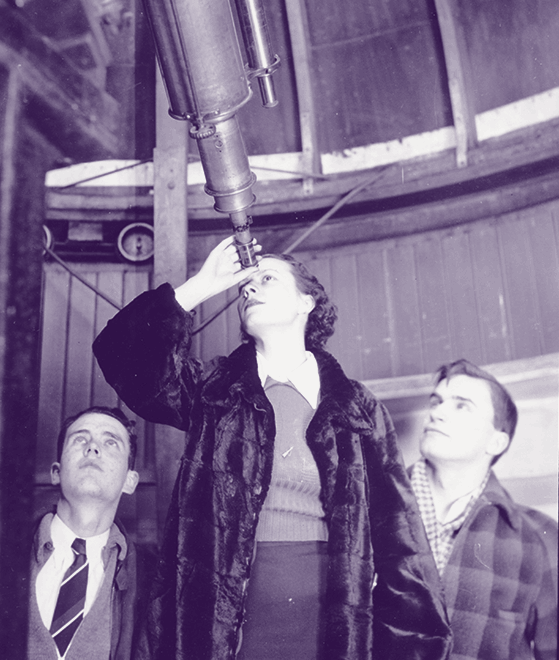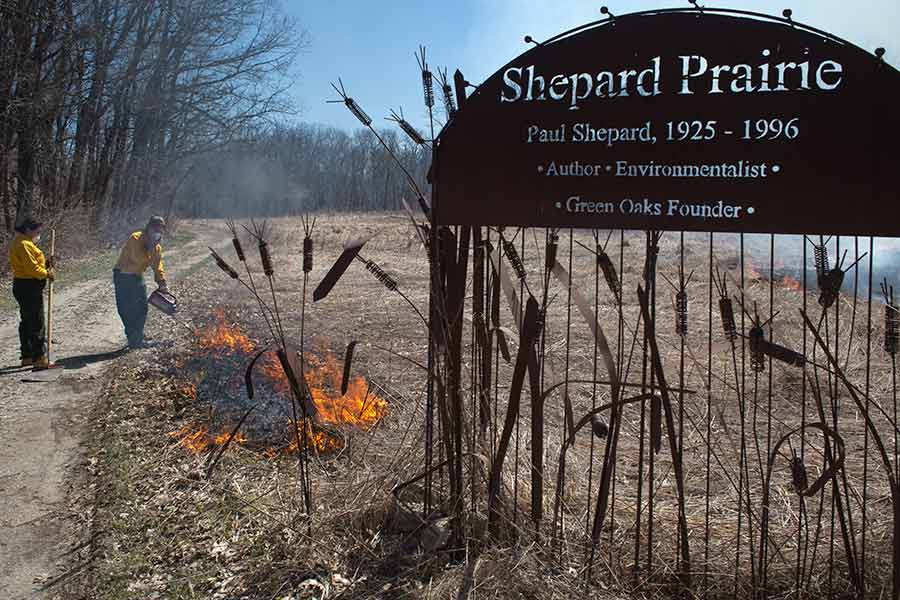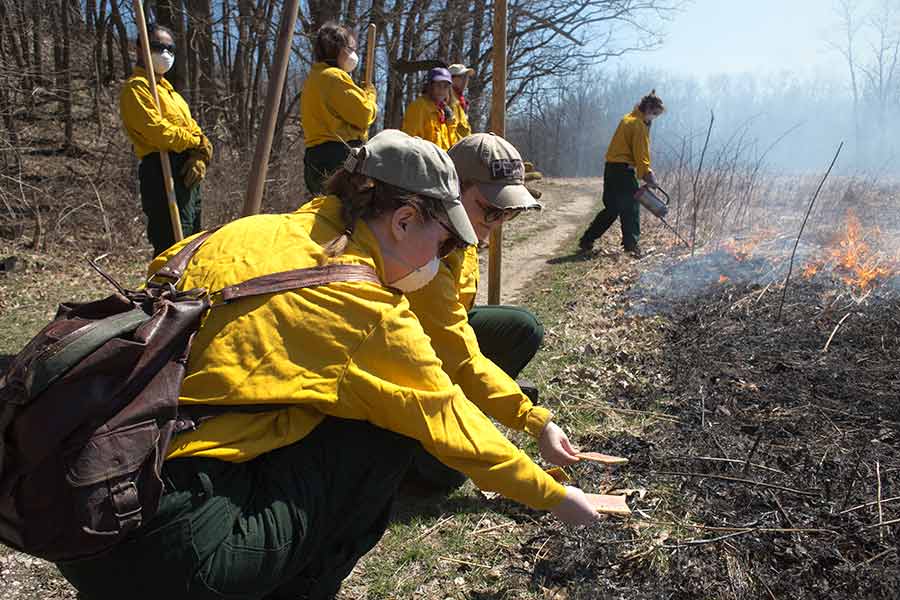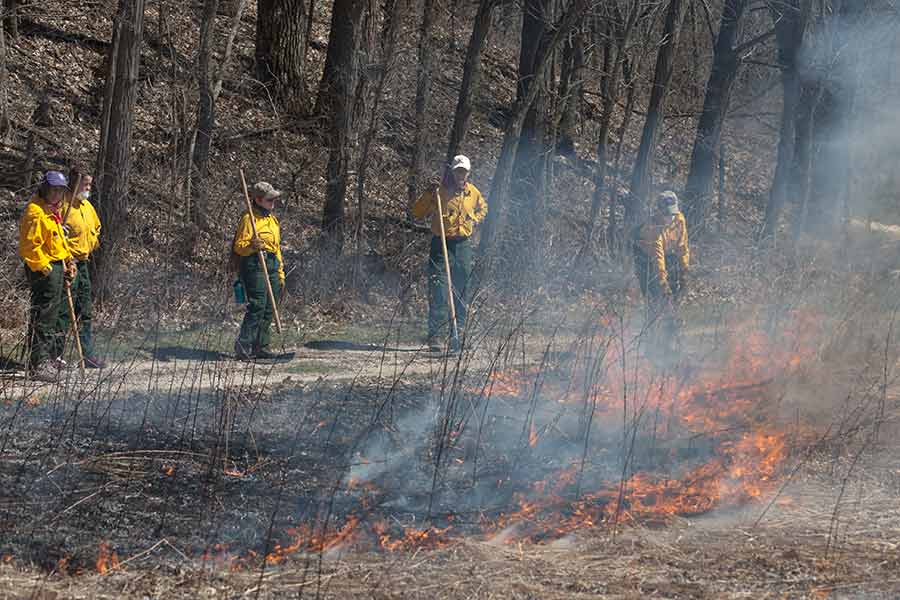
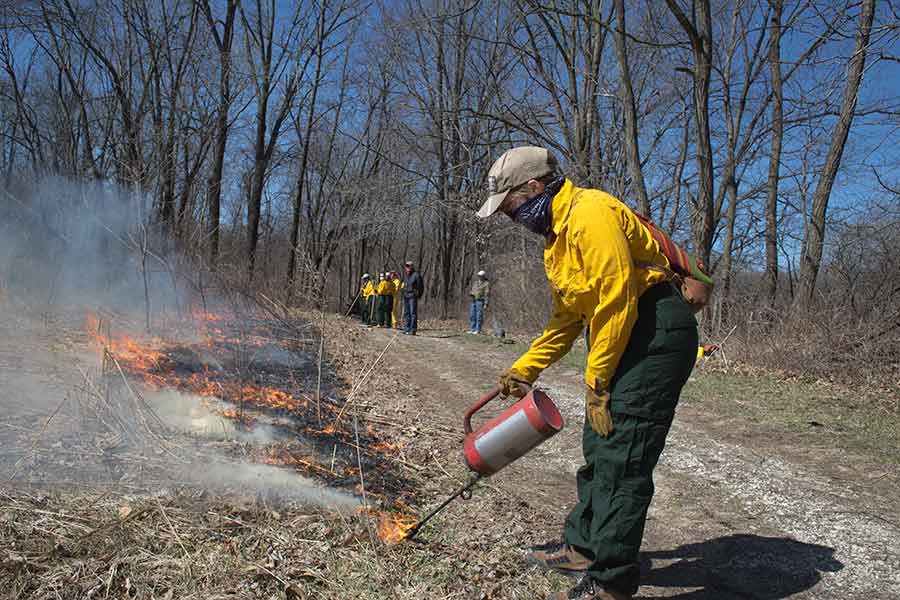
Prairie Burn Promotes Ecological Diversity and Cultural Preservation
Most burns at Green Oaks are held on a three-year rotation, believed by many researchers to be the most effective at suppressing invasive plant species. This year, the burn area encompassed Woodcock Field and Shepard Prairie, a total of about eight acres.
Shepard Prairie is named in honor of Paul Shepard, a biology professor at Knox who was instrumental in the inauguration of prairie restoration at Green Oaks in the 1950s. The area was familiar territory to Rafael Cho, a senior on the burn crew who studies environmental studies and biology.
"Over the summer of 2018, I did research on prairie soils, working right in this prairie that we're burning today," Cho said. "I took soil samples, comparing characteristics such as the depth of the
top soil, how much organic matter was in it."
"Here in the burn field, some roots get burned and some don't. The prairie plants have deeper roots, they're more fire-resilient. The non-native plants have shallower roots, closer to the surface," he added.
The sections of restored prairie burned this year represent a small fraction of the total area of Green Oaks. With approximately 700 acres of prairie, forests, and aquatic habitats, the site is the subject of numerous research projects.
Students who participated in Prairie Burn 2019 were:
Luba Liubvina
Rafael Cho
Katerina Sasieta
Maggie Decker
Monica Martinez
Erika Riley
Jessica Totten
Jankhi Bhalodi
Grace LaDuca
Montse Cancino Aguilar
Kendra Bates
Allie Glinski
Published on April 24, 2019
By Shruti Mungi '19

